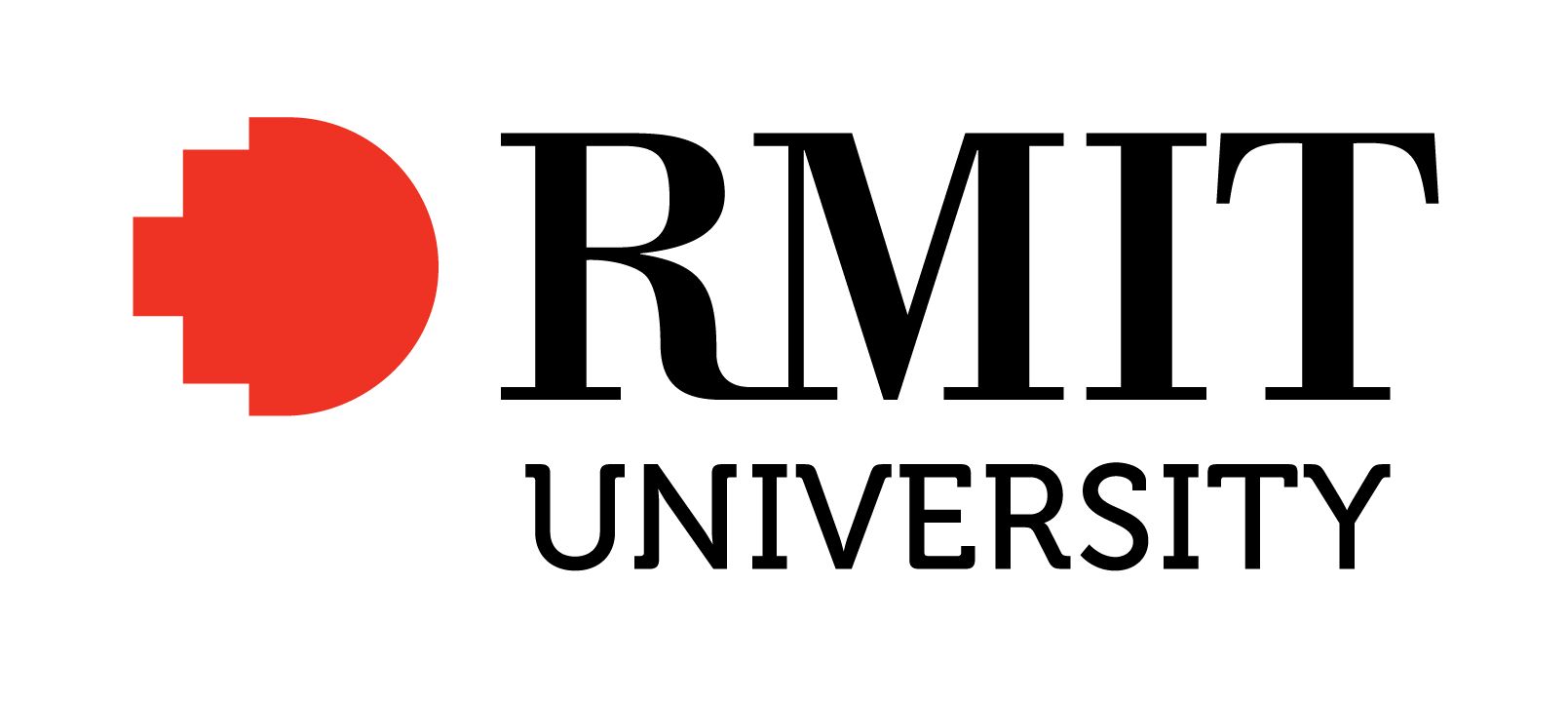Full description
Background
Theories informing this project: How images are circulated through electronic, printed and painted media (Joselit); how the making methods are traced in the final painting (Graw); whether images have agency (Mitchell); the ‘quality’/accessibility of the image – how images are “compressed, reproduced, ripped, remixed... copied and pasted into other channels of distribution.” (Steyerl). According to various online sources ‘mirror balls’ have their genesis in an 1897 party for union workers in the USA electrical industry. They have also been known as glitter balls & disco balls. A 1917 patented version was called a Myriad Reflector. The largest was made in response to a challenge from musician Nile Rodgers for a 2014 Chic concert. Mirror balls might be described as ubiquitous – does this make them a valid subject for painting?
Contribution
The project rotates around two key questions: What place does painting hold in the contemporary ubiquity of images? How does a capricious selection of images relate to the hierarchies of painting as a medium? By using a deliberately capricious approach to selecting images, this project investigates how visual connections can be accidentally discovered. The project explores the impact of unpredictability on creative processes and outputs in relation to capricious image selection, means of production and competitive hierarchies. In this case a mirror ball emerged as an image.
Significance
There were over 600 entries to the prize. 40 works were shortlisted for exhibition. The judges: Melissa Keys, Senior Curator, Heide Museum of Modern Art; Dr. Vincent Alessi, CEO Linden New Art; Joanna Bosse, Curator, Bayside Gallery. The work was subsequently awarded the prize, of which $9000 went through RMIT as research income. There were several interviews & articles in online industry press outlets + a well-attended artist talk. Visitor numbers were high.
Issued: 2025-05-09
Created: 2025-08-04
User Contributed Tags
Login to tag this record with meaningful keywords to make it easier to discover
- DOI : 10.25439/RMT.29539895



